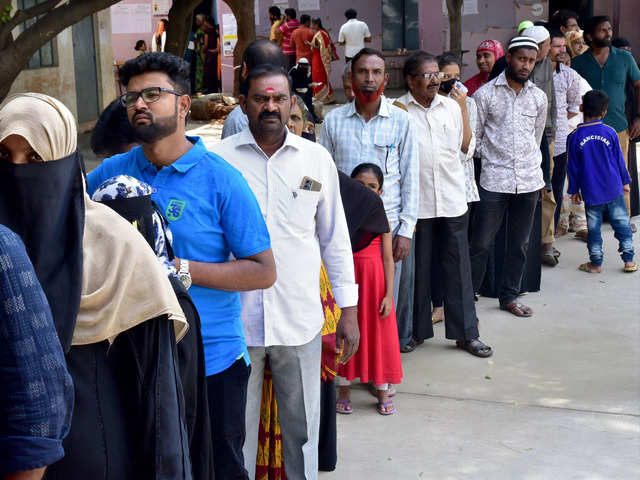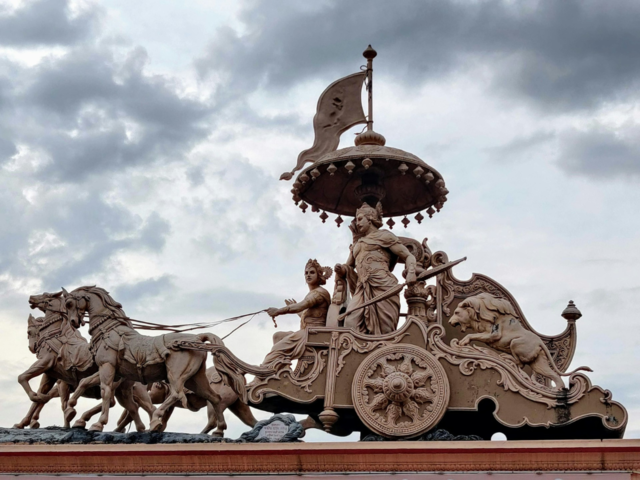
Any die-hard Terminator fan worth his salt knows how dangerous it is to let the machines rise and make decisions for us. But what if the machines only handled tasks that were too menial for us? Historically speaking, technology has always found its way in whenever we have whined about monotonous tasks such as handling ad tags or sending insertion orders to publishers. We still need the creative teams to come up with the strategies for campaigns and visualise ideas. So, this goes out to the naysayers -
So, is programmatic advertising a feasible option in India? That answer is - yes, it is.
When it comes to brands reaching out to consumers, especially in emerging markets such as India, programmatic advertising is proving to be a hugely popular method and it has a lot to do with these regions being considered as 'mobile first' markets. This is just an easier way of saying that the number of consumers in these emerging markets who are getting introduced to brand marketing for the time through their portable devices is really high - so high, that ignoring it would be a gargantuan mistake from any brand's perspective.
One of the best recent examples of how a brand managed to utilise programmatic advertising tools to segment their consumers based on their demographic and purchasing patterns, is
However, not all clients in India are too keen on programmatic. The idea is still in its nascent stages here, which is surprising because the Indians are known to very 'in with it' when it comes to technology. In such technology rich environments, it does not take a long time for a new idea to be accepted and then exploited. The experimental adolescent age of such ideas, which was seen in developed regions, should almost be non-existent here, if only advertisers and publishers are willing to give it a more prominent chance.
In the early days of programmatic in regions like Europe and US, many publishers jumped into the concept of real-time bidding (RTB), where ads are bought through real-time auctions, but they did so without knowing how to monetise the results gathered. This led to a very low ROI when it came to publisher spending. India can avoid this but for that to happen publishers here need to be educated about the value of programmatic ad and how inventory and data can be properly monetised, yielding a high ROI.







